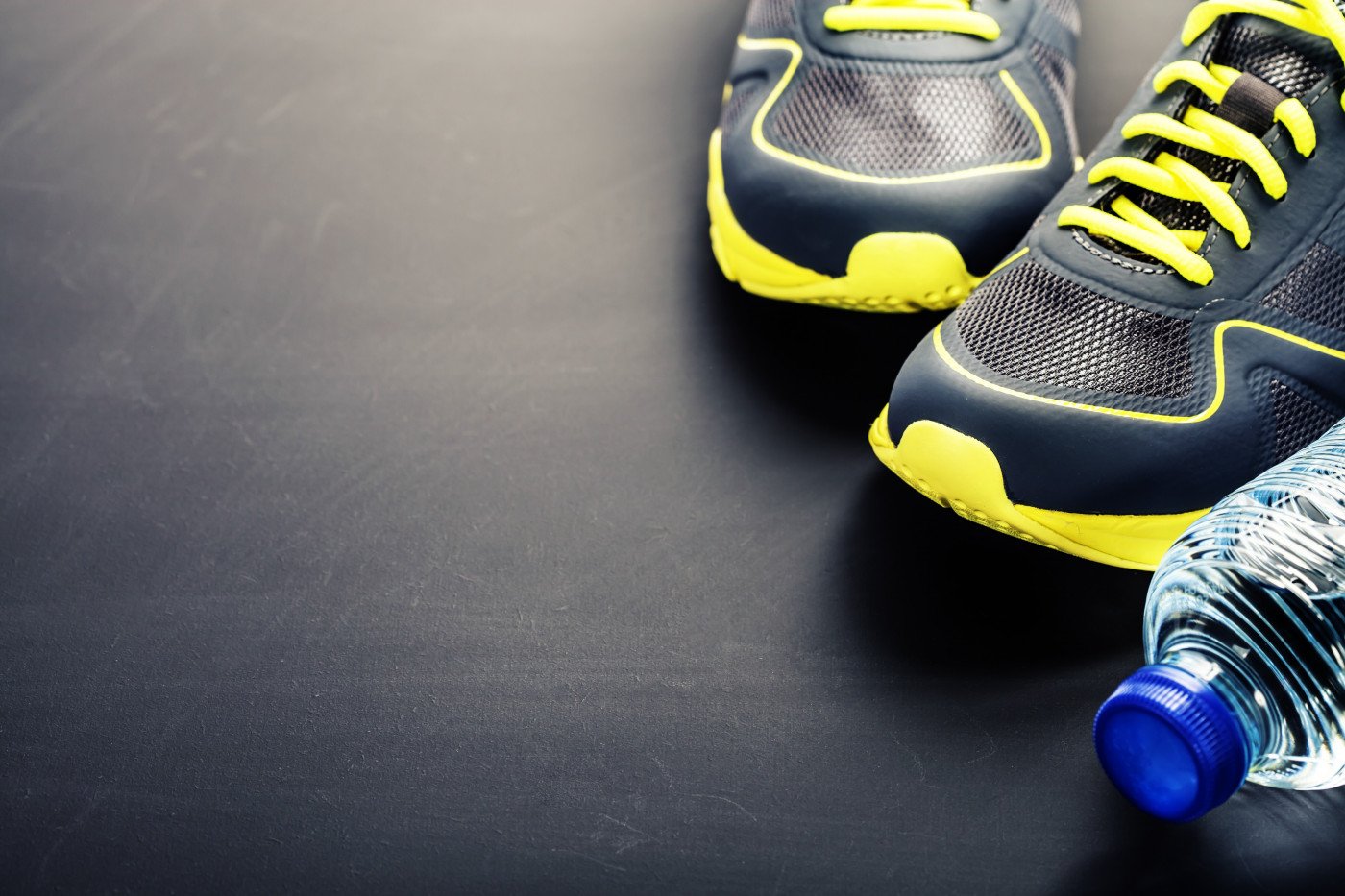Combined High-Intensity Interval, Resistance Training Improves Physical Health and Quality of Life in MS
Written by |

In a pilot study with patients with multiple sclerosis (MS), high-intensity interval training (HIIT) combined with resistance training improved physical capacity and quality of life in a pilot study of multiple sclerosis (MS) patients — whether or not they were disabled.
The study, “High-intensity interval training combined with resistance training improves physiological capacities, strength and quality of life in multiple sclerosis patients: a pilot study,” appeared in the European Journal of Physical and Rehabilitation Medicine.
This was an open label study of 26 MS patients (19 women and seven men), whose age averaged 44.6 years. No control subjects were tested.
French researchers at the University of Strasbourg assessed physical capacity, strength and quality of life before the training started, and then again after completing a 12-week exercise program. They divided participants into two groups: one of 18 patients with no disabilities, and a group of eight with disabilities.
Participants followed a personalized exercise program involving both HIIT — a cardiovascular exercise strategy alternating short periods of intense anaerobic exercise with less intense recovery periods — and resistance training to improve muscular strength and endurance.
Scientists used a French version of the Multiple Sclerosis Quality Of Life-54 test — a questionnaire filled out by MS patients to measure health-related quality of life — with five additional questions.
After the exercise program, women improved significantly in vitality, general well-being and physical health composite scores in the quality of life assessment, while men showed no significant improvements. Vitality and general well-being only improved in the group with no disability.
Peak oxygen consumption improved by 13.5 percent, and maximum tolerated power — a measure of maximum energy that can be expended — by 9.4 percent. Muscle strength increased in both quadriceps and hamstrings.
Women showed better improvements than men in peak oxygen consumption, maximal tolerated power, strength in both quadriceps and hamstrings, and quality of life. Both groups showed increased peak oxygen consumption and strength.
“Our study has shown that high-intensity interval training combined with resistance exercise training induced an improvement in physical capacity and quality of life. Moreover, this study allowed patients, irrespective of their sex or EDSS [Expanded Disability Status Scale] score, to resume exercise autonomously,” the team wrote. “High-intensity interval training is well tolerated too and can be used in clinical rehabilitation with resistance training, in both men and women with and without disabilities.”





